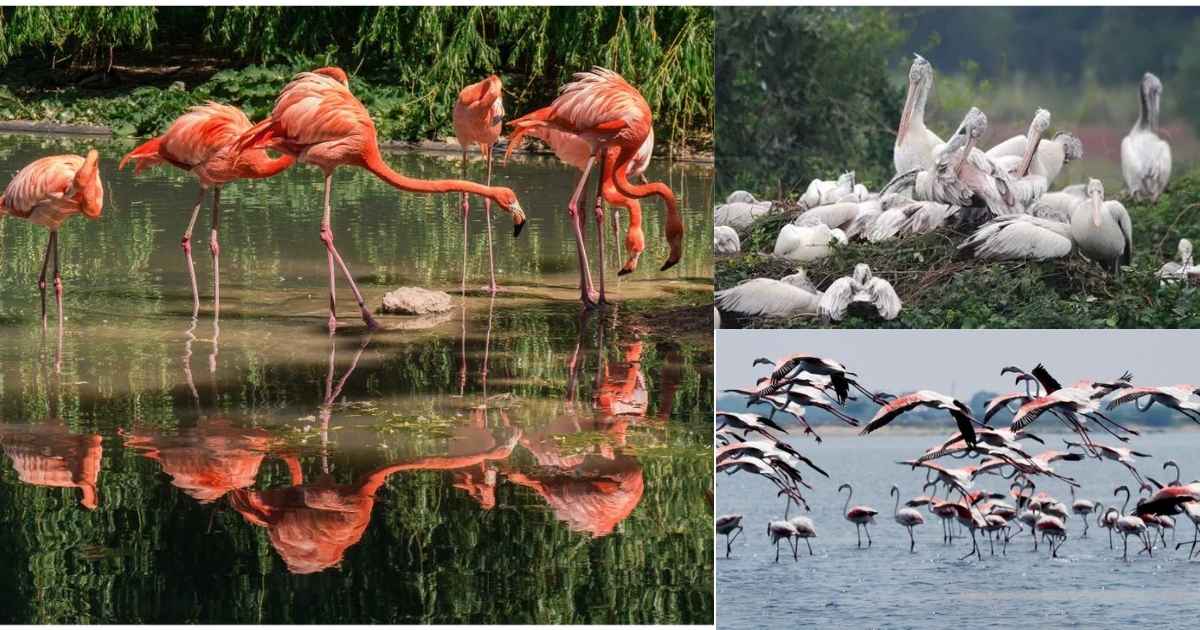Sometimes you just need a break from the noise of daily life, and the idea of being surrounded by nothing but fresh air, open skies, and the sound of birds feels like a dream. I remember wondering if there’s a place in India where you can actually see hundreds of majestic birds up close,without trekking deep into the wilderness. That’s when I first heard about Nelapattu Bird Sanctuary, and honestly, it sounded like a hidden gem for anyone who loves nature.
In this blog, I’ll walk you through everything you need to know about visiting this beautiful spot,from the kinds of birds you’ll see to the best time to plan your trip. Whether you’re a serious birdwatcher or just someone who wants a peaceful weekend getaway, you’ll find tips, insights, and a few surprises that will make your visit to Nelapattu even more special.
Nelapattu Bird Sanctuary Tourism History
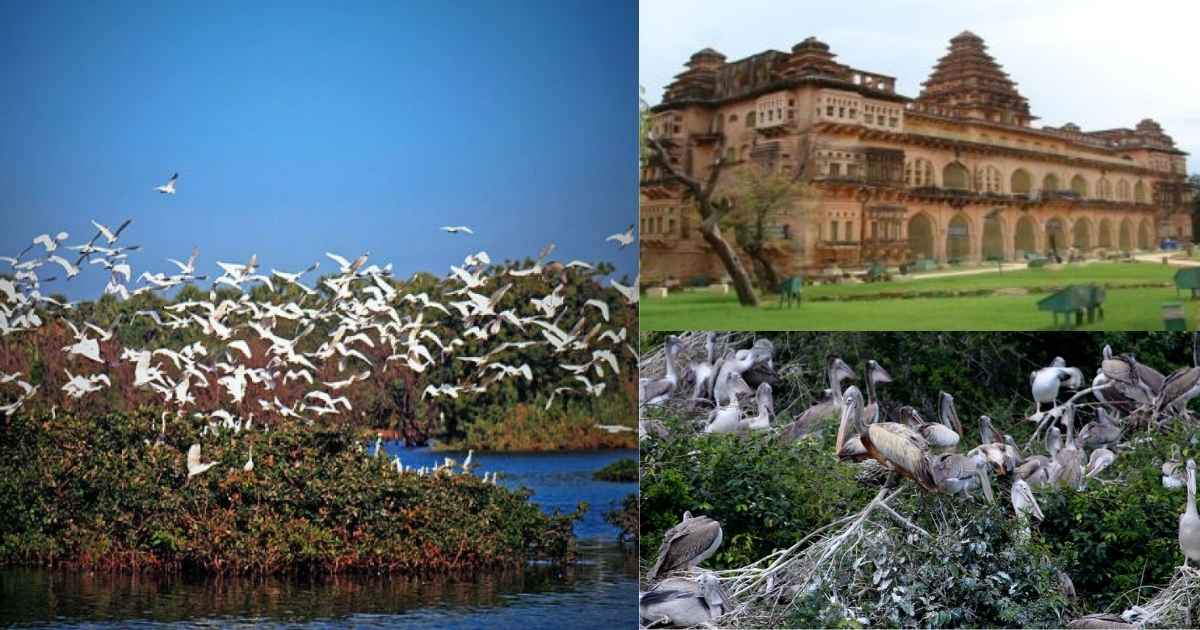
Tourism at Nelapattu Bird Sanctuary has grown steadily over the years, attracting both casual travelers and passionate birdwatchers. Established in 1976, the sanctuary started as a protected haven for spot-billed pelicans and other migratory species. Back then, it was more of a local treasure known only to nearby villages, with few visitors from outside the region. Today, it’s recognized as one of the top birdwatching destinations in Andhra Pradesh.
In the early days, tourism here was simple,visitors came mainly during the migration season and spent hours quietly watching the flocks. Over time, improved roads, better visitor facilities, and growing interest in eco-tourism helped the sanctuary gain a wider audience. Now, it’s not just a stop for ornithologists, but also for families, photographers, and nature lovers who want to experience the rich birdlife and peaceful wetlands up close.
Nelapattu Bird Sanctuary Significance
What makes Nelapattu Bird Sanctuary truly special is its role as one of the most important breeding grounds for spot-billed pelicans in Southeast Asia. Its vast wetlands, marshes, and tropical dry evergreen forests create a rare habitat where migratory and resident birds can thrive. This ecological balance supports dozens of species that might otherwise struggle to find safe nesting areas.
Beyond its importance for wildlife, the sanctuary holds cultural and environmental value for the local communities. It draws researchers, birdwatchers, and eco-tourists from across the country, helping raise awareness about conservation. Every visit here is a reminder of how protecting one patch of land can make a global difference for bird populations.
Also read: Top 10 Temples in Andhra Pradesh – A Pilgrimage Tour Guide
Birds Found in Nelapattu Bird Sanctuary
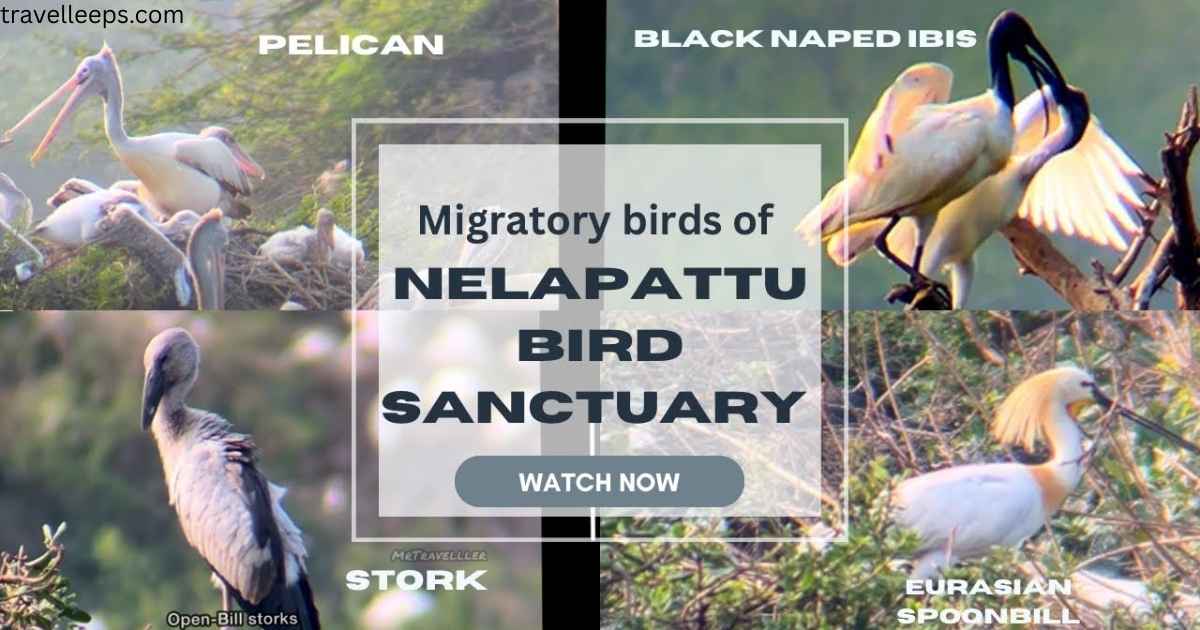
One of the most exciting things about visiting Bird Sanctuary is the incredible variety of birds you can spot. The sanctuary is famous for hosting both migratory and resident species, creating a lively mix of colors, calls, and flight patterns throughout the year. Whether you’re visiting in peak migration season or during quieter months, there’s always something fascinating to see.
The wetlands, marshlands, and forested patches provide different habitats, which means you might see pelicans gliding over the water, kingfishers darting for fish, or herons patiently waiting in the shallows. This diversity makes it a favorite not only for seasoned birdwatchers but also for beginners who are just starting to explore the joy of birding.
A. Migratory Birds
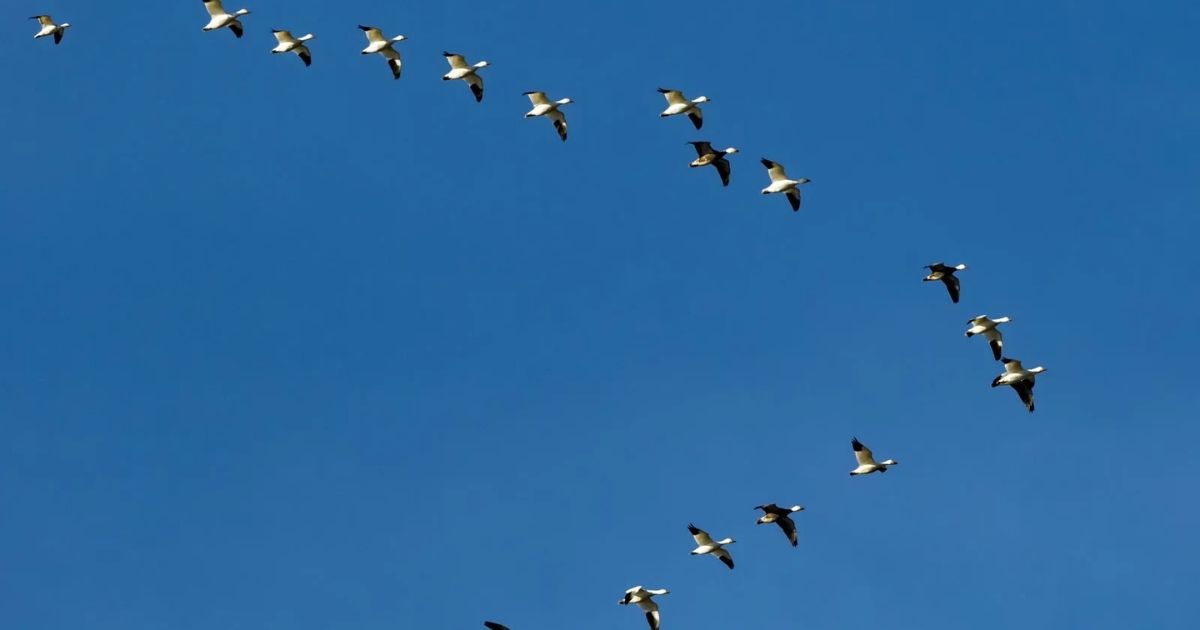
Every winter, the sanctuary becomes a seasonal home for thousands of migratory birds. Spot-billed pelicans are the star attraction, arriving in large flocks to breed. You can also see painted storks, open-billed storks, black-headed ibis, and even some rare visitors like flamingos, depending on the season. These long-distance travelers find the food-rich wetlands and safe nesting grounds ideal for raising their young.
Also visit: The Ultimate Guide Of RK Beach Visakhapatnam
B. Resident Birds
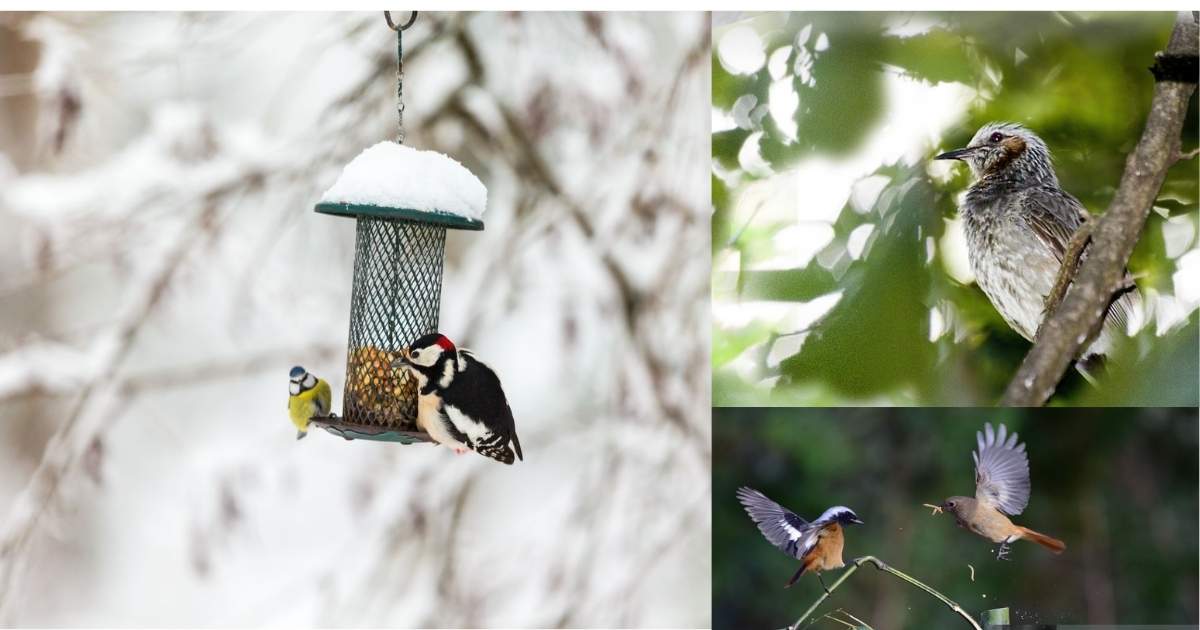
The resident bird population ensures there’s activity here all year round. Species like little cormorants, grey herons, pond herons, and various egrets make the sanctuary their permanent home. You might also catch sight of smaller birds such as tailorbirds, sunbirds, and drongos flitting through the trees. Their presence keeps the ecosystem vibrant, even outside the migration months.
Best Time to Visit Nelapattu Bird Sanctuary
If you want to catch the sanctuary at its most vibrant, plan your trip between November and March. This is when migratory birds arrive in large numbers, turning the wetlands into a spectacular display of movement and sound. The weather is also pleasant during these months, making it easier to spend hours outdoors without feeling exhausted.
Visiting in the summer is possible, but the heat can be intense, and bird activity is generally lower. However, even in the off-season, This Bird Sanctuary still offers plenty to see, thanks to its resident species and scenic landscapes. It really depends on whether you prefer the bustling energy of migration season or the quieter charm of a less crowded visit.
Must visit: Exploring Jamalapuram Venkateswara Swamy Temple: The Hidden Gem of Telangana
Activities at Nelapattu Bird Sanctuary
A trip to This Bird Sanctuary isn’t just about spotting birds,it’s about enjoying nature in all its forms. The sanctuary offers a mix of peaceful and exciting activities that appeal to travelers of all ages. Whether you’re here for the photography, the fresh air, or just the chance to slow down, you’ll find plenty to keep you engaged.
Each activity is designed to help visitors connect with the sanctuary’s unique environment. From guided nature walks to simply sitting by the wetlands with binoculars, there’s no shortage of ways to make the most of your visit. Many people leave with not just great photos, but also a deeper appreciation for the delicate ecosystems that thrive here.
1. Bird Watching
Bird watching is the heart of the experience at Nelapattu. You can bring your own binoculars or rent them at the site, and then wander to observation points where the action is best. The early morning and late afternoon hours are ideal for catching a variety of species in their most active moments.
2. Photography
For photographers, both amateur and professional, the sanctuary is a paradise of natural frames and vibrant subjects. The open landscapes, mirror-like waters, and dynamic birdlife offer endless opportunities to capture stunning shots. Patience often pays off with rare moments,like a pelican feeding its chick or a kingfisher diving mid-flight.
3. Nature Walks
Nature walks here are a great way to see the sanctuary’s other side,its plant life, smaller animals, and overall ecosystem. Walking trails wind through wetlands and forest patches, offering a closer look at how the habitat supports its diverse residents. It’s a slower pace that lets you soak in the sights, sounds, and even the scents of the wild.
Environmental Education Centre

One of the most underrated parts of Bird Sanctuary is its Environmental Education Centre. This facility is designed to teach visitors,especially students,about the importance of wetlands, bird conservation, and local biodiversity. It’s a place where learning feels interactive, thanks to informative displays, charts, and photographs.
The centre also organizes workshops, guided tours, and awareness programs that help people understand the delicate balance of nature. Whether you’re a curious traveler or part of a school trip, spending time here adds an extra layer of meaning to your visit. You walk away with not just beautiful memories, but also a deeper respect for the sanctuary’s role in protecting wildlife.
Nearby Attractions
A trip to Nelapattu Bird Sanctuary can easily be paired with visits to other interesting spots in the region. Just a short drive away is Pulicat Lake, famous for its flamingos and serene backwaters. You can also explore small fishing villages nearby to get a taste of the local coastal culture.
If you’re up for a bit more travel, Sriharikota Island, home to India’s space research center, offers a fascinating detour. For those who enjoy temples and history, the town of Srikalahasti,with its ancient Shiva temple,is another popular stop. These nearby attractions make it easy to turn your sanctuary visit into a full day or weekend adventure.
Accommodation and Facilities
While there aren’t hotels inside this Bird Sanctuary, you can find plenty of options in nearby towns like Sullurpeta and Naidupeta. Choices range from budget-friendly lodges to comfortable mid-range hotels, and some even cater specifically to birdwatchers. Staying nearby allows you to start your birdwatching early in the morning without long travel times.
Inside the sanctuary, you’ll find basic amenities to make your visit easier. There are restrooms, shaded seating areas, and marked viewpoints where you can set up your camera or binoculars. Parking is also available, and small shops nearby sell snacks and bottled water.
Accommodation options nearby:
- Budget lodges in Sullurpeta and Naidupeta
- Mid-range hotels with dining facilities
- Guesthouses offering birdwatching packages and local guides
Sanctuary facilities:
- Restrooms and shaded seating areas
- Birdwatching towers and viewing platforms
- Parking area
- Nearby snack stalls and water shops
Entry Fee
Visiting Nelapattu Bird Sanctuary is quite affordable, making it accessible to all kinds of travelers. The entry charges are minimal, especially considering the chance to witness rare birds in their natural habitat. Fees are typically collected at the main gate, and sometimes there are small additional charges for cameras.
If you’re traveling with a group, it’s worth checking if discounts are available for students or large parties. During special events or bird festivals, the sanctuary may also offer guided tours at an extra cost.
Typical entry fees:
- Adults: ₹10–₹20
- Children: ₹5–₹10
- Still camera fee: ₹25–₹50
- Video camera fee: ₹100–₹200
- Special guided tour (if available): Extra charge
Nelapattu Bird Sanctuary Timings
Nelapattu Bird Sanctuary is open year-round, welcoming visitors who want to experience its rich birdlife and serene wetlands. Early mornings and late afternoons are the best times to visit, as birds are most active during these cooler hours. This also helps you enjoy the sanctuary without the discomfort of midday heat.
During the peak migratory season, the sanctuary can attract larger crowds, so arriving early gives you a better chance of finding a quiet viewing spot. It’s always a good idea to check locally for any timing updates during festivals or special events.
General visiting hours:
- Opening time: 8:00 AM
- Closing time: 5:00 PM
- Best birdwatching hours: 6:30 AM – 9:30 AM and 4:00 PM – 6:00 PM
- Open daily, including weekends and public holidays
| Time Slot | Activity Recommendation | Notes |
| 6:30 AM – 9:30 AM | Peak bird activity, great for photography | Cooler weather, fewer crowds |
| 8:00 AM – 5:00 PM | General visiting hours | Entry allowed during this period |
| 4:00 PM – 6:00 PM | Evening birdwatching, sunset views | Ideal lighting for photography |
| All year | Open daily | Check locally for festival schedule |
Why Visit Nelapattu Bird Sanctuary?
Whether you’re a seasoned birdwatcher or someone who just loves being in nature, Nelapattu Bird Sanctuary offers an experience you won’t forget. The sheer number of bird species, the peaceful wetlands, and the chance to witness rare migratory visitors make it a special place to explore. It’s not just about spotting birds,it’s about connecting with a thriving ecosystem.
The sanctuary also serves as a perfect weekend getaway, thanks to its accessibility and nearby attractions. You can combine birdwatching with photography, nature walks, and cultural visits, creating a trip that’s both relaxing and memorable.
Top reasons to visit:
- Spot rare migratory birds like the spot-billed pelican
- Enjoy peaceful wetland views and lush greenery
- Learn about conservation at the Environmental Education Centre
- Explore nearby attractions like Pulicat Lake and Srikalahasti Temple
- Great location for photography and nature walks
| Reason | Best Time to Experience | Extra Tip |
| Migratory bird watching | Nov – Mar | Arrive early for better sightings |
| Wetland scenery | All year | Sunset offers stunning photo opportunities |
| Educational tours | School vacation periods | Book in advance for group visits |
| Photography | Early mornings & late afternoons | Bring telephoto lens for close-up shots |
| Weekend getaway | Year-round | Combine with nearby attractions |
Tips for Visitors

A trip to Nelapattu Bird Sanctuary can be even more rewarding if you plan ahead. Simple things like arriving early, carrying the right gear, and knowing the best spots for birdwatching can make a big difference. The sanctuary is best enjoyed at a relaxed pace, so give yourself enough time to explore.
Since the area is a protected habitat, it’s important to be mindful of your actions. Respecting wildlife, staying on marked paths, and avoiding loud noises will help keep the environment safe for the birds and enjoyable for all visitors.
Essential tips:
- Visit early in the morning for the best bird activity
- Carry binoculars and a camera with extra batteries
- Wear light, comfortable clothing and a hat for sun protection
- Stay on designated trails and avoid disturbing nesting areas
- Bring drinking water and light snacks
- Check seasonal timing for migratory birds before planning your trip
| Tip | Why It Matters | Extra Advice |
| Arrive early | Birds are most active in mornings | Also avoids midday heat |
| Use binoculars | Helps spot distant species | Consider a tripod for stability |
| Wear comfortable clothing | Weather can get warm | Light colors blend better with surroundings |
| Follow sanctuary rules | Protects habitat and wildlife | Read posted guidelines at entry |
| Stay hydrated | Long walks in sun can be tiring | Bring reusable water bottles |
Conservation Efforts
Protecting the rich biodiversity of Nelapattu Bird Sanctuary has always been a priority for both local authorities and environmental groups. The sanctuary plays a crucial role in safeguarding breeding grounds for species like the spot-billed pelican and painted stork. Active measures have been put in place to monitor bird populations and preserve the wetland ecosystem.
Beyond bird protection, conservation here also focuses on maintaining water levels, restoring native vegetation, and controlling human impact. Community participation is encouraged through awareness programs, eco-tourism initiatives, and school outreach projects. These combined efforts ensure the sanctuary remains a safe haven for wildlife for generations to come.
Key conservation measures:
- Protection of breeding and nesting sites
- Wetland and marshland restoration projects
- Regular monitoring of bird populations
- Community involvement in conservation programs
- Environmental awareness and education campaigns
| Conservation Focus | Purpose | Impact |
| Nesting site protection | Ensure safe breeding for vulnerable birds | Higher survival rates for chicks |
| Wetland restoration | Maintain food sources and habitats | Supports more bird species |
| Population monitoring | Track species health and numbers | Early detection of threats |
| Community engagement | Build local support for conservation | Reduced habitat disturbance |
| Education programs | Raise awareness among students and locals | Long-term cultural shift toward protection |
Location and Accessibility
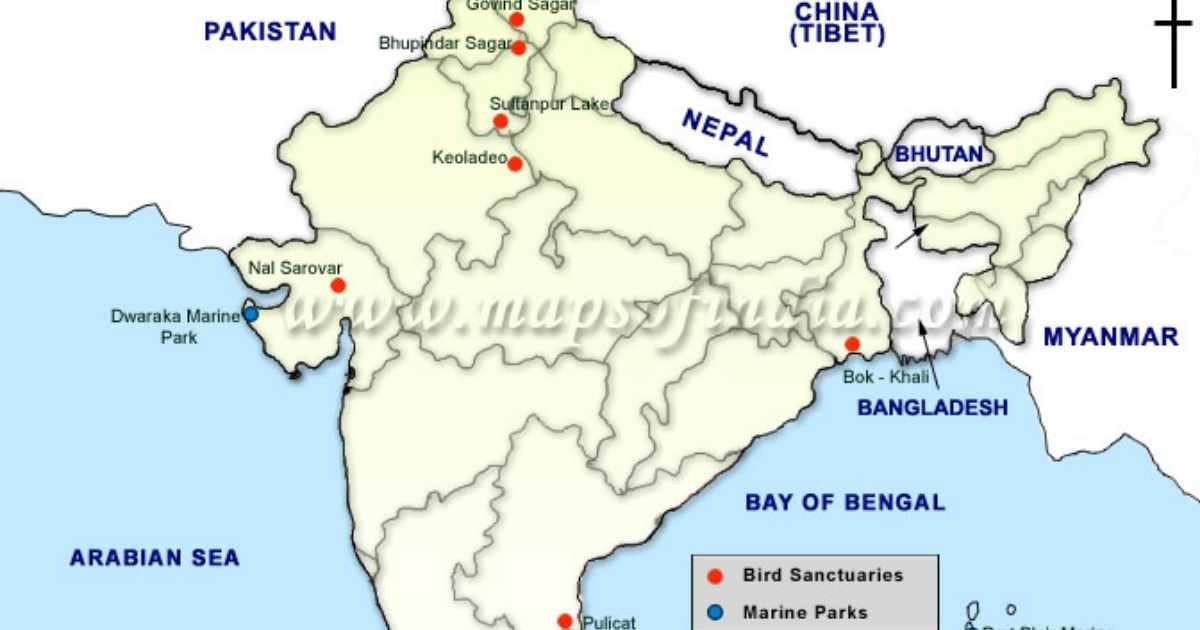
Situated in Andhra Pradesh’s Nellore district, Nelapattu Bird Sanctuary is well-connected yet tucked away from busy city life. Its location near Pulicat Lake gives it a unique ecological advantage, attracting migratory birds from across continents.
Getting there is fairly straightforward, with road and rail links from nearby towns and major cities. Depending on your starting point, you can plan a quick day trip or a weekend getaway.
Where is Nelapattu Bird Sanctuary?
The sanctuary is located about 20 km from Sullurpeta in Andhra Pradesh, close to the Tamil Nadu border. It lies near the eastern coast of India, making it part of the larger Pulicat Lake wetland ecosystem.
Key location facts:
- State: Andhra Pradesh
- District: Nellore
- Nearest town: Sullurpeta (approx. 20 km)
- Nearby landmark: Pulicat Lake
- Region: Southeastern coast of India
How to Reach Nelapattu Bird Sanctuary?
Reaching the sanctuary is easy, thanks to multiple transport options. You can drive, take a train to Sullurpeta, or catch a bus from nearby towns. Chennai is the closest major city, making it a convenient starting point for many travelers.
Travel options:
- By Road: Well-connected highways from Chennai (approx. 80 km) and Nellore (approx. 90 km)
- By Train: Nearest station is Sullurpeta, with trains from Chennai, Nellore, and Tirupati
- By Bus: Regular services from Sullurpeta and nearby towns
- By Air: Closest airport is Chennai International Airport (around 80 km away)
Frequently Asked Questions
If you’re planning a trip to Nelapattu Bird Sanctuary, these quick answers will help you prepare for a smooth, enjoyable visit.
What is the best time to visit the sanctuary?
November to March offers pleasant weather and peak migratory bird activity, making it the best time for photography and birdwatching here.
Are there guided tours available?
Yes, during peak season and bird festivals, guided tours provide valuable insights into sanctuary wildlife, history, and conservation efforts.
Can I bring my own food inside?
Yes, light snacks and water are allowed, but please use bins and avoid littering to protect the sanctuary’s fragile ecosystem.
Is photography allowed?
Yes, photography is welcome; however, small fees may apply for still and video cameras, especially during guided birdwatching sessions.
How much time should I spend here?
Plan for at least three to four hours to explore trails, observe birds, and enjoy the peaceful wetland environment fully.
Is the sanctuary accessible for older visitors?
Yes, most main paths are accessible, though some trails may be uneven and require caution or assistance for older visitors.
Conclusion
A visit to Nelapattu Bird Sanctuary is more than just a day trip ,it’s a reminder of how beautiful and fragile our natural world is. From the graceful flight of spot-billed pelicans to the quiet charm of resident birds, every moment here feels special.
Whether you come for photography, relaxation, or to simply reconnect with nature, the sanctuary offers an experience worth cherishing. By visiting responsibly and supporting conservation, you help ensure that these wetlands remain a safe haven for wildlife for years to come.


